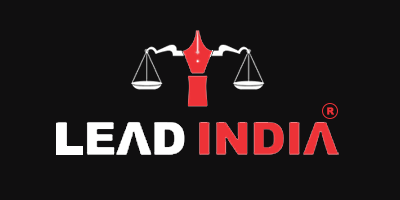Your Terms and Conditions should begin with a quick explanation of the general terms under which the agreement is formed. This will usually include the conditions of the agreement and how much notice is required to terminate it. It should specify any requirements for accepting the agreement, such as age. This ‘generic information’ will normally include your company’s name and contact information.
Need A Legal Advice
The internet is not a lawyer and neither are you. Talk to a real lawyer about your legal issue

Drafting terms and conditions for the website
Products or Services Provided
Your customer should have no doubts about what services or products you provide; a clear definition should be presented here. For example, if you sell electronic toys but do not include batteries, make this clear in your Terms and Conditions. Where applicable, ensure that your terms and conditions reflect the minimum duration of any contracts for the supply of goods or services on a permanent or recurring basis.
Prices & Payment
You should mention your prices, or where to discover them, such as on the relevant products. If the prices include applicable VAT, this should be specified in your terms, as well as the time frame for which any offer or price is valid. Any applicable shipping costs should be listed here. Additionally, you should specify when payment is due and what happens if payment is not received.
Shipping & Delivery
- Shipping Policy: When shipping things, you should provide information regarding the expected timeline and your responsibilities. This may entail indicating that third parties and the responsibilities they bear where this is the case handle shipping. What happens if the order is not delivered? This should also be specified.
- Delivery Timeframes: In terms of shipping policy, you should normally declare the delivery timeline – how long will it take for your consumer to obtain their products after the purchase is received? Where various timescales apply to different products, such as when manufacturing time is longer for bespoke items, this should be accounted for and made clear. You may also wish to specify what will happen if delivery is delayed for whatever reason, and how, if at all, customers will be notified.
Guarantees and Warranties
Certain things you give may come with warranties, whether from manufacturers or otherwise. In these cases, you should specify the commencement date and term of the warranty. This could be from receiving the order in the form of an order notification or at the point of delivery. You could also specify what would happen if a fault was identified during this period. Would a replacement, repair, or refund be offered?
Return, Refund, and Complaints
While hopefully this will not happen frequently, you must disclose your return policy on your website. This should be available, thus many merchants include it as part of their terms and conditions, which can be located on their main menu or in the website’s footer. The policy should clearly outline the refund and return process for your customers.
Set forth the procedures the consumer should take to return the product, as well as any additional requirements such as condition and proof of purchase. Specify who is responsible for paying any postal charges. You should also specify when your consumers will receive their refunds and what form they will take.
Limitation of Liability
The limitation of liability section states the extent to which you will be required to deliver damages to another party for failure to perform as agreed upon in the Terms and Conditions. In most situations, this will simply be an acknowledgement that your liability is restricted to direct damages (those that could not have been avoided by breaching the contract) and that you will not be liable for any indirect damages that may arise.
Intellectual Property Rights
You may want to establish your ownership of intellectual property such as images, graphics, and so on. This can be a short line expressing your ownership of these original assets as well as the circumstances in which they can be utilized, if any.
Future Changes
You may amend the terms of your Ts & Cs from time to time due to changes in your business or changes in the applicable law. Make sure to include details on how customers will be alerted of this, as well as the amount of notice given in advance of any changes.
Governing Law
Your Terms and Conditions should conclude by indicating which applicable laws govern them, i.e., the laws of the country or state in which you conduct business. In most cases, English firms will comply with English legislation.
For drafting terms and conditions, you should contact an experienced lawyer. Lead India offers various legal services, including free legal advice and online information. You can talk to a lawyer and ask a legal question on various matters, including divorce, through our platform.





 Talk to a Lawyer
Talk to a Lawyer